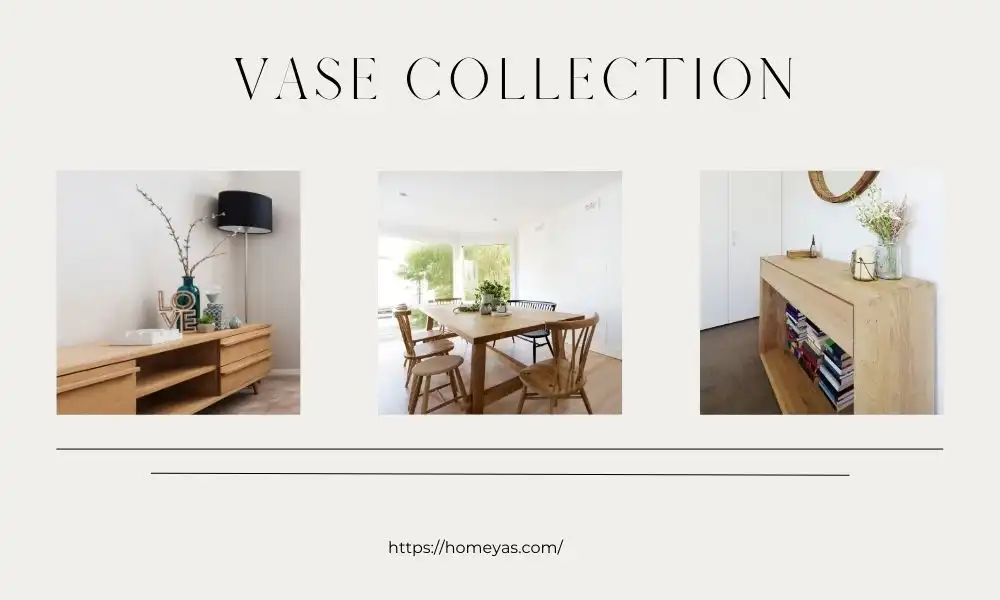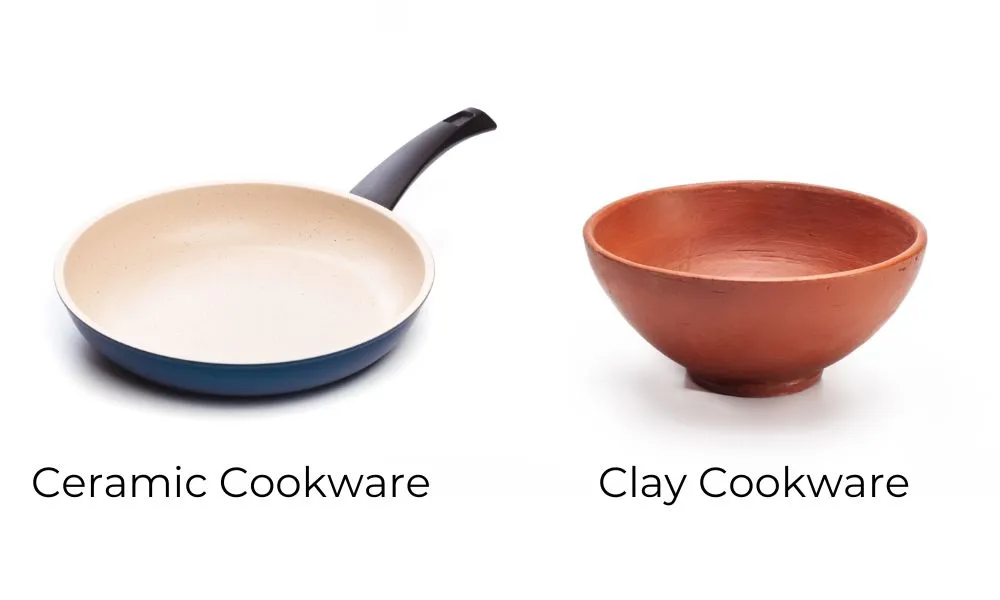Are you getting trouble Displaying Your Collection correctly? Then you have come to the right place.
Any space in your house can benefit from the personality, color, and style that art brings. How you arrange your collection of paintings, sculptures, photos, or mixed-media artwork can have a significant effect on how visually appealing your room looks. In order to ensure that your collection of art looks cohesive and aesthetically pleasing, decorating with art demands a certain level of creativity, balance, and harmony. There are various techniques that can help you get the most out of your art collection, from picking the perfect pieces to organizing them in the best way. In this post, we’ll provide you with some valuable tips on how to arrange your artwork such that it makes your home look lovely and welcoming.
Table of Content
- How do I show collections without looking cluttered?
- Displaying Your Collection of Figurines?
- How do you display a vase collection?
- How do you display antique collections?
- How do you display collectible items?
- What are the rules for collections?
- What is the difference between embellishing and decorating?
- Is collection a hobby?
- What is the synonym of clutter?
- Here are some tips and tricks for Displaying Your Collection
- Final Thought on
How do I show collections without looking cluttered?
Displaying Your Collection is a fantastic approach to expressing your particular style and adding interest to a space. However, displaying collections without making them appear cluttered might be difficult. The following advice will assist you in displaying collections in a way that appears planned and organized:
Try grouping items that are similar to one another in terms of subject, color, or shape if you have a collection of them. This gives the collection a sense of cohesiveness and gives it a purposeful feel.
Consider using shelves or cabinets to highlight your collection rather than placing items on every surface that is available. By doing so, you can group the objects together and give them a special place.
Make a focal point: Think about making a focal point rather than dispersing your collection all around the space. You can achieve this by placing your collection on one wall or in a particular spot in the room.
Mix it up: While it’s crucial to put related products together, the display should also be varied. To create visual interest, mix up the pieces’ heights, textures, and sizes.
Modify your collection: Last but not least, you should modify your collection. Too much stuff can quickly cause an area to appear cluttered. To keep the display exciting and new, think about switching out certain pieces.
Displaying Your Collection of Figurines?
Figurines are a common item to collect, but it can be challenging to display them without making a space look crowded. The following advice can be used to display a collection of figurines:
Develop a theme: Think about categorizing your figurines according to a topic, such as the type of figurine or the theme. This results in a logically consistent display.
Use shelves or cabinets: Think about utilizing shelves or cabinets to keep your collection tidy and dedicate a space for your figurines. By doing so, you can collect your figures into groups and give the exhibit a main point.
Change the height: Change the height of the figurines to give the exhibit more visual interest. Some of the figures can be raised using risers or display stands to create a dynamic appearance.
Consider employing lighting if you want to draw attention to certain figurines. This catches the viewer’s attention and gives the figurine a sense of drama.
Finally, it’s crucial to refrain from packing the display too tightly. Allow space between each figurine so that they can be appreciated separately. Consider moving figurines in and out of the display if there are too many of them to avoid getting bored with them.
How do you display a vase collection?
Vase collections may offer beauty and attention-grabbing decor to any house. Here are some suggestions for arranging a collection of vases:
Consider organizing your vases into groups based on color or shape. This results in a unified presentation that looks good.

Utilize shelves or cabinets: You may use shelves or cabinets to designate a space for your vase collection. By doing so, you may keep the vases together and give the display a main point.
Alternate the vases’ heights and sizes to give the arrangement more visual appeal. Some of the vases can be raised using risers or display stands to create a dynamic appearance.
Use white space: It’s crucial to avoid packing the display with too many elements. Give each vase some breathing area with negative space so they can be viewed separately.
Use complementary accents to enhance the display: To add a splash of color and texture, think about utilizing complementary accents, such as flowers or plants.
Think about lighting: If you want to draw attention to certain vases, think about employing lighting. This adds drama and pulls the eye to the vase.
How do you display antique collections?
Any home can benefit from having attractive and distinctive antique collections. The following advice is about how to display antique collections:

Make a focus point: Think about making a focal point in the space to display your antique collection. Displaying the collection on a single wall or in a particular region of the space can accomplish this.
Use shelves or cabinets: Think about utilizing shelves or cabinets to keep your antique collection arranged and to designate a space for the pieces. As a result, you can combine the pieces together and give the display a main point.
Change the height and size: Change the height and size of the elements in the display to create visual interest. Create a dynamic design by elevating some of the pieces with risers or display stands.
Use white space: It’s crucial to avoid packing the display with too many elements. Give each object some breathing room with negative space so they can be appreciated separately.
Consider naming the things in your antique collection to give the display more meaning and background.
Mix and match: Don’t be scared to combine items from various decades and fashions. This gives the presentation a feeling of eclectic charm and increases curiosity.
Consider employing lighting if you want to draw attention to certain items. This catches the viewer’s attention and evokes a sense of drama.
How do you display collectible items?
Unique and frequently expensive collectibles deserve to be exhibited in a way that highlights their beauty and importance. Here are some suggestions for showcasing collectibles:
Utilize shelves or cabinets: You may use shelves or cabinets to establish a space for your valuables. By doing so, you may keep the objects together and give the display a focal point.
Change the height and size: Change the height and size of the elements in the display to create visual interest. Create a dynamic design by elevating some of the pieces with risers or display stands.
Develop a theme: Think about organizing your possessions into themes, such as item type or subject matter. This results in a logically consistent display.
Use white space: It’s crucial to avoid packing the display with too many elements. Give each object some breathing room with negative space so they can be appreciated separately.
Consider naming the items in your collection to enhance the display’s context and history.
Consider employing lighting if you want to draw attention to certain items. This catches the viewer’s attention and evokes a sense of drama.
Consider moving pieces in and out of the display if you have a sizable collection to keep it lively and engaging. Additionally, it enables you to display various elements at various times.
What are the rules for collections?
Because every collection is different, there is no single set of rules that applies to all of them. Nonetheless, it is essential to present the collection in a manner that is logical and enables the distinctive qualities of each piece to be admired and appreciated.
What is the difference between embellishing and decorating?
Enhancing the visual appeal of a thing or a location can be accomplished through either embellishing or decorating. To clarify, the term “embellishing” refers to the process of adding ornamental features to an object, whereas “decorating” refers to the process of improving the overall aesthetic of a space. Beads and embroidery are both examples of embellishments that are examples of little, delicate elements that can be applied to an object. Decorating, on the other hand, can encompass a wider variety of components, including things like furniture, artwork, lighting, and color schemes, in order to produce an atmosphere that is unified and aesthetically pleasant.
Is collection a hobby?
Without a doubt, collecting qualifies as a hobby. In addition to the delight of exhibiting and organizing their collections, many people enjoy the process of looking for and purchasing new objects for their collections. Stamp collecting, coin collecting, antique collecting, and sports memorabilia collecting are a few examples of popular collecting pastimes.
What is the synonym of clutter?
Mess, jumble, tumult, disarray, and disorder are some of the other names that can be used to refer to clutter. Clutter is a term used to describe a collection of goods that are not in order and take up unnecessary space. The process of getting rid of things that aren’t needed and rearranging the things that are left in a way that is more helpful and aesthetically pleasing is referred to as decluttering.
Here are some tips and tricks for Displaying Your Collection
How do you display decorative items?
- Use shelves, cabinets, or wall-mounted display cases
- Vary the height and size of items
- Create a theme or color scheme
- Use negative space
- Label items for context and history
- Use lighting to highlight specific items
How do you display your small collection?
- Use a small shelf or tabletop display case
- Vary the height and size of items
- Use negative space
- Create a cohesive theme or color scheme
- Label items for context and history
Wanna display a collection in a small space?
- Use vertical space with wall-mounted shelves or display cases
- Use a tabletop display case
- Vary the height and size of items
- Create a cohesive theme or color scheme
- Use negative space
- Rotate items in and out of the display
What not to say to collections?
- “That’s junk”
- “Why do you waste your money on this?”
- “You’re a hoarder”
- “This is clutter”
- “You have too much stuff”
How do you present a collection?
- Use a designated area or display case
- Vary the height and size of items
- Create a cohesive theme or color scheme
- Use negative space
- Label items for context and history
- Use lighting to highlight specific items
- Rotate items in and out of the display
What is the best way to display figurines?
- Use shelves or cabinets
- Vary the height and size of figurines
- Use negative space
- Group figurines by theme or style
- Label items for context and history
How do you display antiques at home?
- Use shelves or cabinets
- Vary the height and size of items
- Create a cohesive theme or color scheme
- Use negative space
- Label items for context and history
- Use lighting to highlight specific items
How do you place decorative vases?
- Use vases as a centerpiece on a dining or coffee table
- Use vases to flank a fireplace or bookshelf
- Use vases to accentuate a room’s color scheme
- Use vases to add height and interest to a mantel or shelf
What are the 4 types of decorative design?
- Traditional
- Modern
- Transitional
- Rustic
5 examples of decorative?
- Decorative pillows
- Wall art
- Area rugs
- Table lamps
- Curtains and drapes
How do I store my collection?
- Use acid-free materials
- Store items in a cool, dry place
- Avoid direct sunlight
- Use containers with lids
- Label containers for easy retrieval
- Use archival boxes for fragile items
What are some collection ideas?
- Books
- Vinyl records
- Stamps
- Postcards
- Coins
- Art prints
- Figurines
- Vintage toy
Final Thought on
To sum up, showcasing your collection may be a creative and enjoyable way to infuse personality and intrigue into your home design. You can display your collection in a way that is both aesthetically pleasing and useful by using the advice provided in this tutorial. The size and configuration of your room, as well as the style and subject of your collection, should be taken into account while displaying figurines, vases, antiques, or other goods. You can make a beautiful display that will impress your visitors and make your daily life more enjoyable by experimenting with various display techniques and combining design elements.



